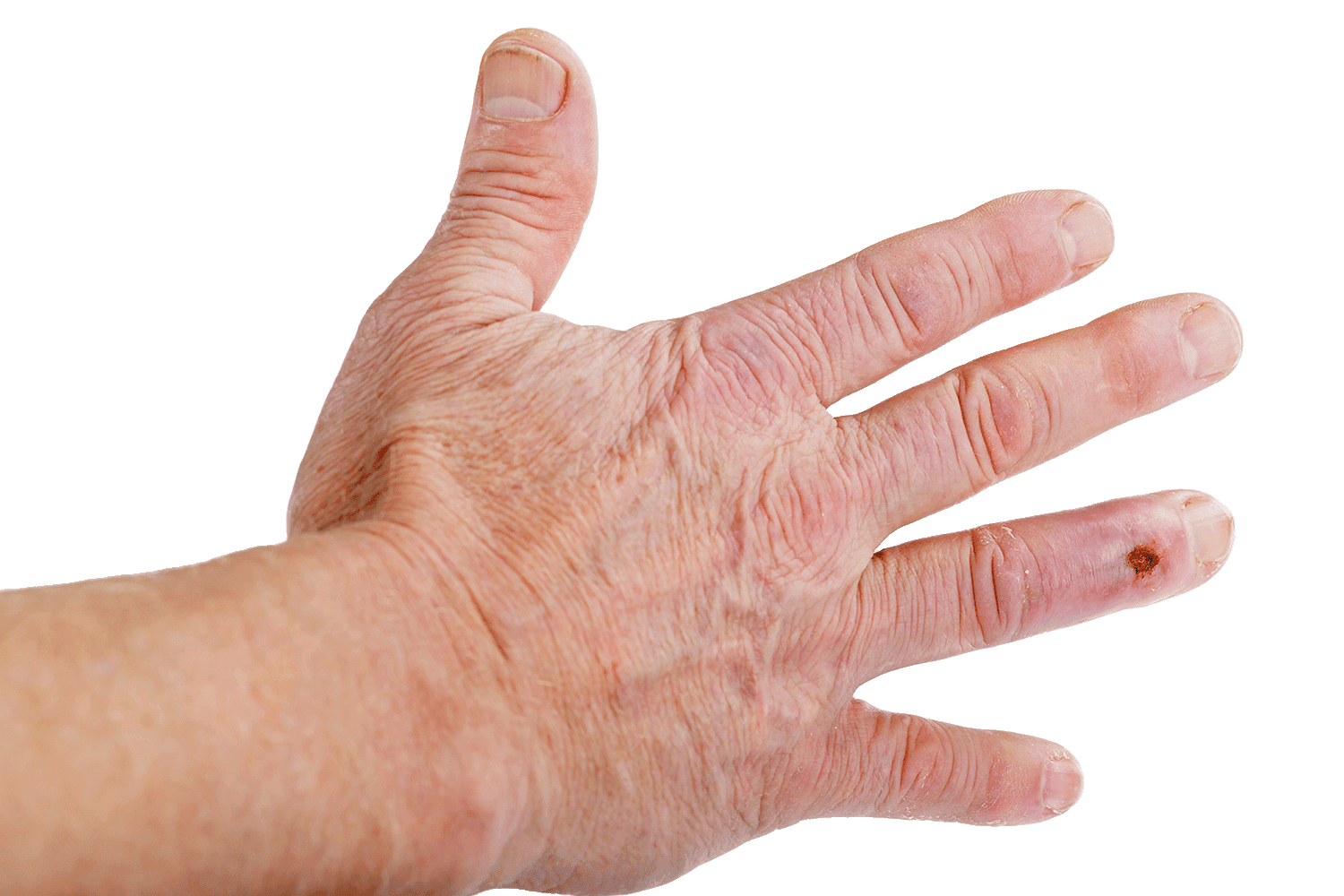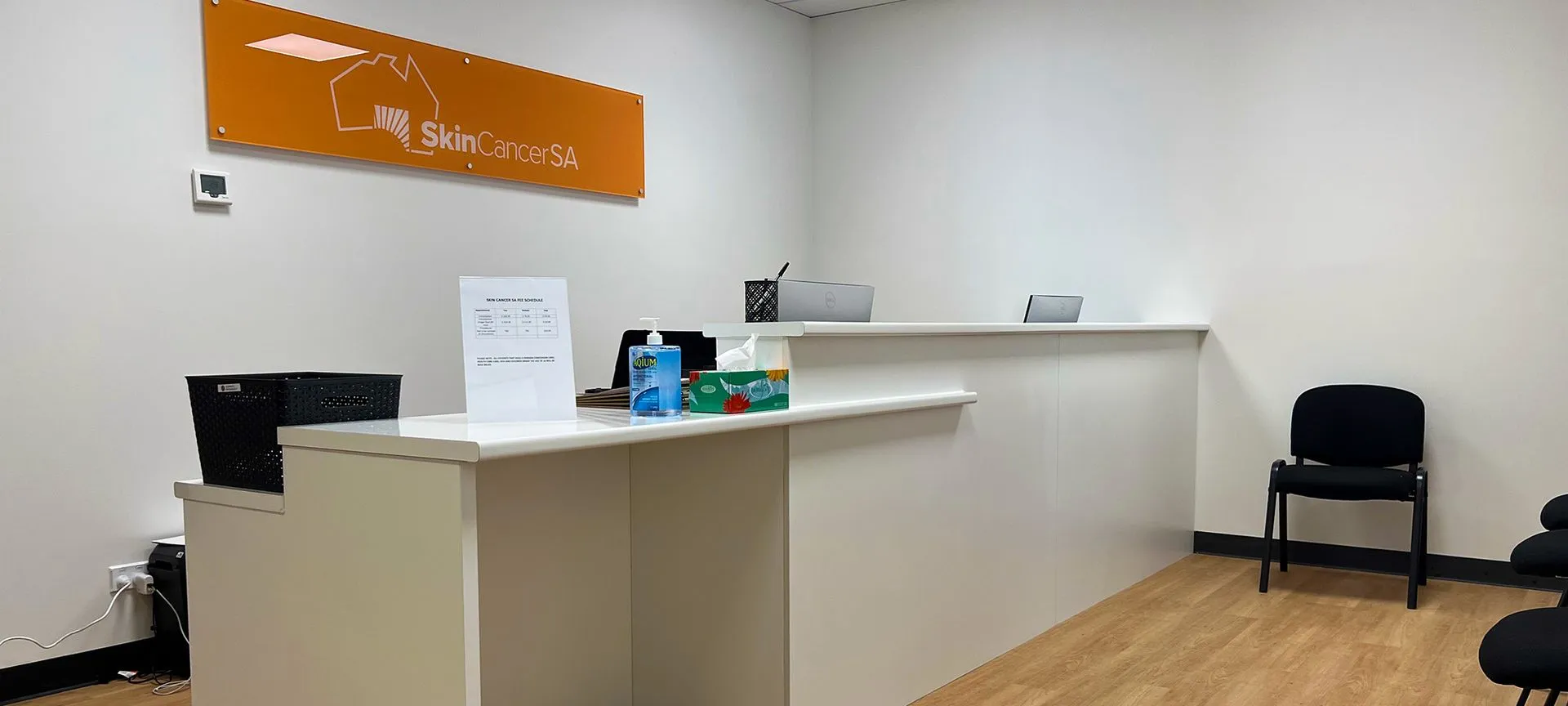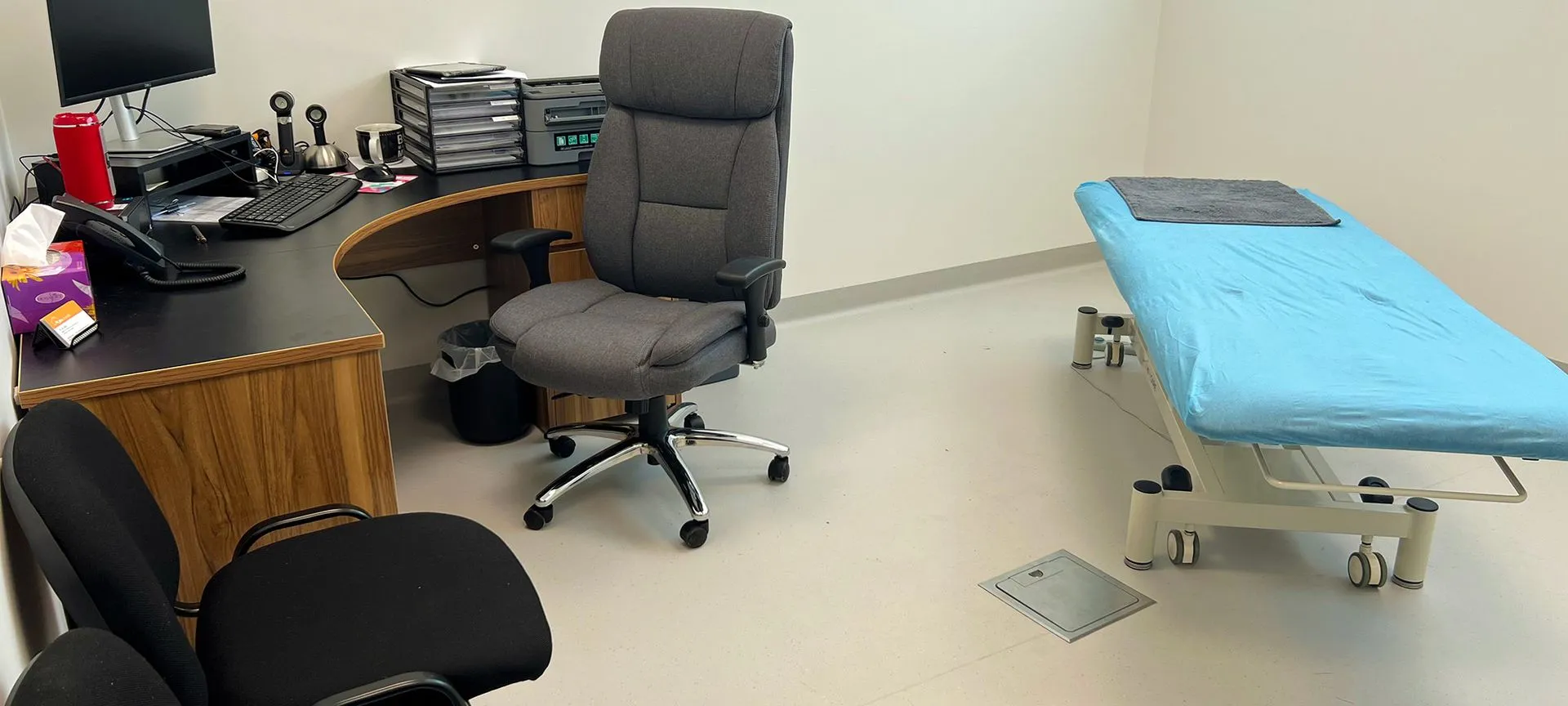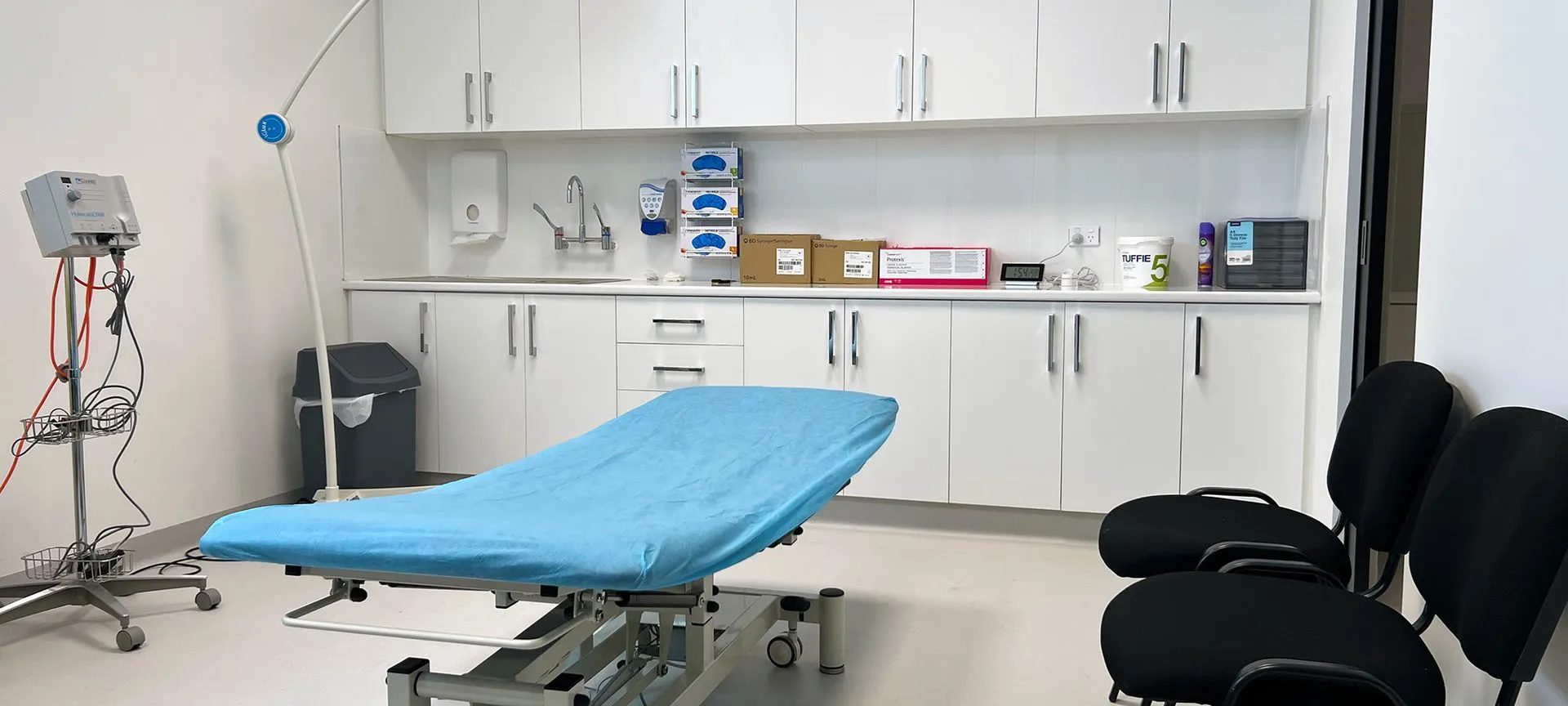Skin Lesion Excision
Why do we use skin lesion excision in skin cancer treatment?
Skin lesion excision is a common treatment for skin cancer, particularly for non-melanoma skin cancers such as basal cell carcinoma and squamous cell carcinoma. The procedure involves surgically removing the cancerous lesion along with a margin of healthy skin tissue to ensure that all cancer cells are removed.
Skin cancer is one of the most common types of cancer, with millions of cases diagnosed each year worldwide. Non-melanoma skin cancers, which include basal cell carcinoma and squamous cell carcinoma, are the most common types of skin cancer. While these cancers are typically slow-growing and rarely spread to other parts of the body, they can cause significant damage to the skin if left untreated.
What is involved in skin lesion excision?
Before the procedure, you will receive a local anesthetic to numb the area around the lesion. Our doctor will then use a scalpel or other surgical tool to remove the cancerous tissue along with a margin of healthy skin tissue around it. The removed tissue is sent to a laboratory for analysis to ensure that all cancer cells have been removed.
After the surgery, the wound will be closed with stitches or surgical staples, and the area will be covered with a bandage or dressing. You may experience some discomfort or pain after the procedure, which can be managed with pain medication. The wound will need to be kept clean and dry, and you may need to avoid certain activities or movements that could disrupt the healing process.
Overall, skin lesion excision is a safe and effective treatment option for non-melanoma skin cancers. The procedure has a high success rate and can be performed at our doctor’s rooms, which means that patients can go home the same day as the procedure.
It is important for patients to follow our doctor’s instructions for post-operative care to ensure proper healing and reduce the risk of complications.



